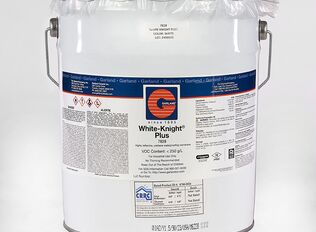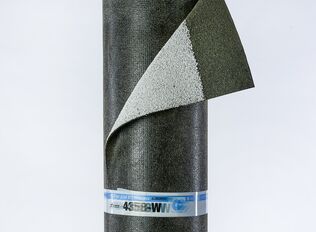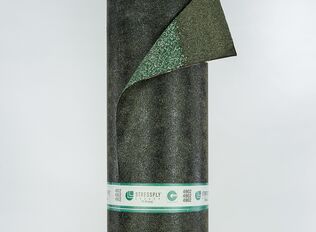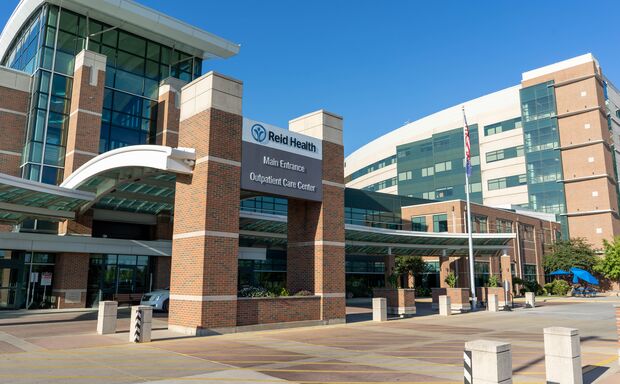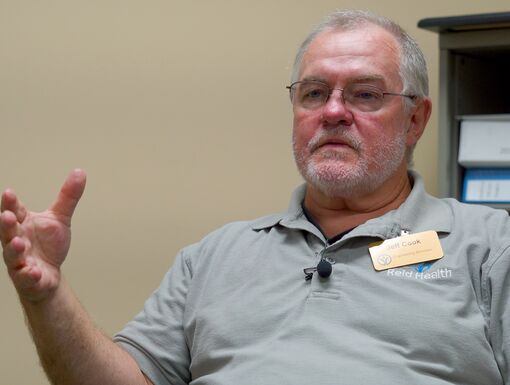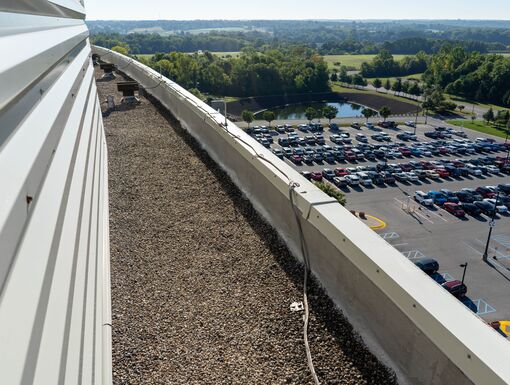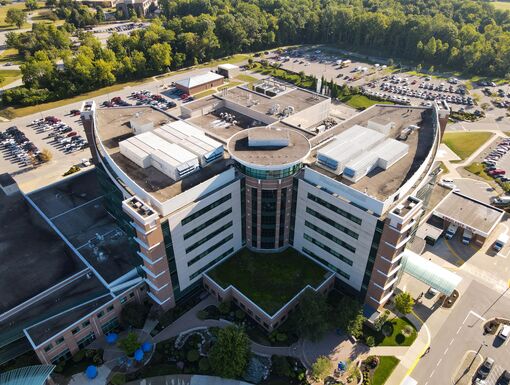The Unique Demands of a Hospital on the Building Enclosure
“Any time you have a breach in a building envelope, you increase the risk of a hospital-acquired infection,” explained Cook. To ensure positive outcomes, says Cook, “We keep the building envelope sealed up. Where we need positive pressure, we have positive pressure. Where we need negative pressure, we have negative pressure. What that means for patient safety and quality outcomes is huge. Any roof leak that lets water in can also let some of your pressure out. When a leak occurs, air handlers are working harder, ducts are working harder, all of that is energy consumption that doesn’t need to be there, because [when there is a breach in the building envelope] it’s like trying to blow up a balloon with a hole in it.”
David Finley, Director of Building Enclosure Science for The Garland Company, agrees on the risks when a hospital’s building envelope is breached. “Generally, if you’re in a high rH condition such as hospitals, moisture-laden air can diffuse into your system at a pretty high rate, which can cause a condition called vapor drive and some pretty decent condensation problems.”
Cook and his staff at Reid Health understand the unique requirements of a hospital, the importance of having a watertight and secure enclosure, and the critical role the roofing assembly plays. “Our mission statement – delivering quality care one person at a time – is a real goal, and a real commitment to all the communities we serve. There are a lot of things that go into building a new hospital and the roof is one of the most important elements. It starts in the building enclosure. If the building enclosure doesn’t work, then nothing works. At the end of the day, if I’m not worried about the roof, I can sleep at night.”
Cook’s approach stands in contrast with facility directors who wait for issues to arise. “Over the course of my career, I’ve seen cases where people neglect their roof. People let it go and say ‘it only leaks when it rains, and it only rains 100 days a year, so the other 265 days I’m good.’ They’re destroying the underneath of the insulation, they’re destroying whatever’s inside the building, one rainstorm at a time. That’s not the way to operate a building at all.”
In 2005, Cook’s knowledge and experience of building science, and his commitment to Reid’s mission, were utilized in full when construction began on a new main building for Reid Health, and a new roof needed to be specified.
